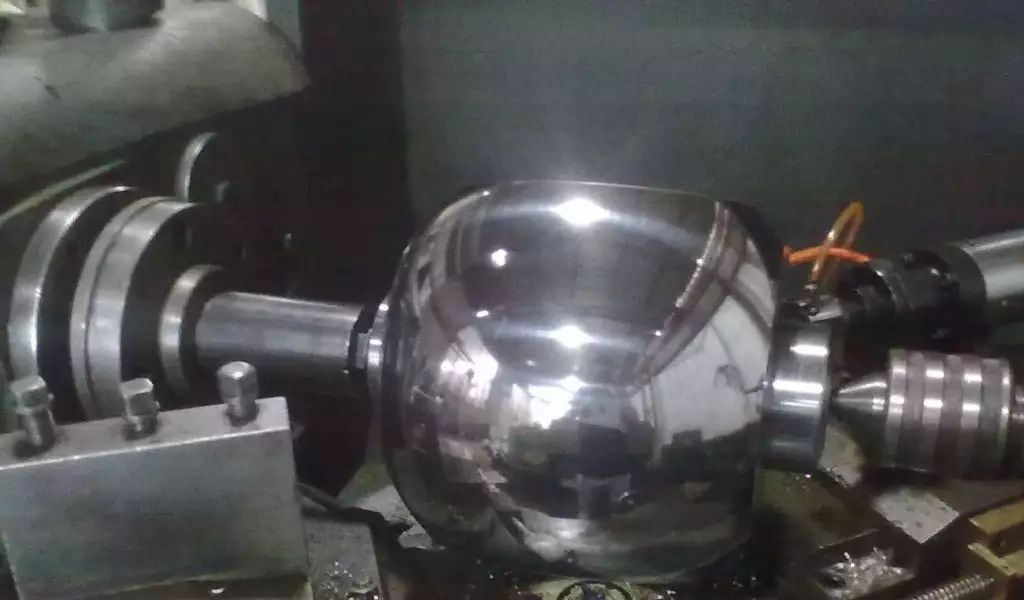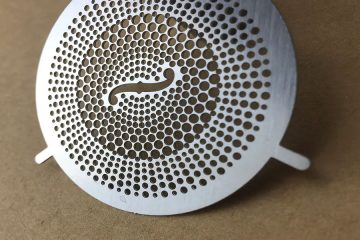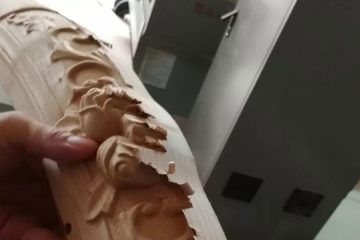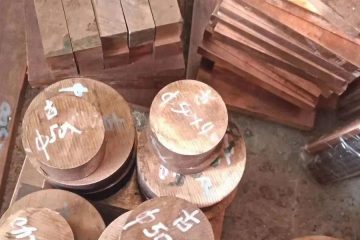1 Characteristics and classification of special machining

1.1 Special machining and characteristics
Special machining refers to the method of machining by using electric energy, heat energy, light energy, chemical energy, sound energy, etc. Compared with the traditional cutting process, special machining has the following characteristics: direct use of electric energy, light energy, sound energy or a combination of several types of energy to remove metal materials; generally not limited by the mechanical and physical properties of the workpiece material; does not produce metal macroscopic cutting, It does not produce strong elastic and plastic deformation, and can obtain very low surface roughness; there is no obvious mechanical force during machining; energy conversion or combination can be realized during machining, which is convenient for realizing control and operation automation, suitable for two-dimensional or Machining of three-dimensional complex surfaces, micro-surfaces, micro-holes, narrow seams and low-rigidity parts.
1.2 Classification of special machining
Special machining is classified according to the form of energy used, as follows: electricity, thermal energy, EDM, electron beam machining, plasma machining; electricity, mechanical energy, ion beam machining; electricity, chemical energy, electrolytic machining, electrolytic polishing; Chemical energy, mechanical energy, electrolytic grinding, anode mechanical grinding; light, thermal energy, laser machining; chemical energy, chemical machining, chemical polishing; sound, mechanical energy, ultrasonic machining; mechanical energy, abrasive jet machining, abrasive flow machining, liquid jet machining . At present, the commonly used special machining methods include EDM, electrolytic machining, laser machining, electron beam machining, ultrasonic machining and so on.
2 special machining methods
2.1 EDM
Electric discharge machining, also known as electrical discharge machining (EDM), is a relatively mature machining technology in special machining. It is the main means of mold manufacturing, and it mainly solves the machining problems of difficult-to-cut and complex-shaped workpieces. It is suitable for machining various difficult-to-cut materials, such as hardened steel and hard alloy. Surfaces and parts with special and complex shapes can be processed, such as cavities and holes with complex shapes. There is no obvious mechanical force during the machining, so it can process low-rigidity workpieces and various fine structures. The pulse parameters can be adjusted according to the needs, and rough machining, semi-finishing machining and finishing machining can be performed on the same machine tool.
2.2 Electrolytic machining
During electrolytic machining, the workpiece is always connected to the positive (anode) pole of the DC power supply (10-20V), the tool is always connected to the negative (cathode) pole, and a small (0.1-1mm) gap is kept between the two poles, and a high-speed (5 ~50m/s) flowing electrolyte. Electrolytic machining has a wide range of machining, and any conductive material can be processed, regardless of the hardness, strength, and toughness of the processed material. The metal is etched by the electrochemical anodic dissolution when the current passes through the electrolyte. There is no mechanical force in the production process, and the workpiece does not bear the force and heat, and does not cause deformation and residual stress. It is suitable for machining easily deformable parts or thin wall pieces. High production efficiency, complex cavity, surface and hole can be processed at one time with simple linear feed movement, the machining speed is 5-10 times higher than that of EDM, and the linear feed machining speed can reach 0.3-15mm/ min, for mass production.
2.3 Laser machining
Laser machining is to use a laser beam with a high energy density to irradiate the processed part of the workpiece, so that the material of the workpiece is melted or evaporated instantly, and under the action of the shock wave, the molten material is ejected, thereby removing the workpiece or using a method with a higher energy density. A small laser beam is used to melt and bond the materials at the machining part to weld the workpiece. Laser machining is a high-energy beam machining with high power density, which can process almost all metal and non-metal materials. For example, various metal materials such as high-melting point materials, high-temperature alloys, titanium alloys, and non-metallic materials such as ceramics, quartz, diamond, and rubber. Laser machining is non-contact machining, does not require tools, has almost no mechanical force, no machining deformation and tool loss. The laser machining speed is extremely high and the production efficiency is high. It only takes 0.001s to punch a hole, and the cutting speed can reach 1.27m/min for cutting 20mm thick stainless steel plate. The heat-affected area is small, the thermal deformation is small, and the workpiece can be processed through transparent materials such as glass, which can achieve high machining accuracy and small surface roughness. The main applications of laser machining are laser hardening, laser welding, laser drilling and laser cutting.
3 Application of special machining in production
There are many types of special machining technology in production and application, which can be roughly divided into the following four categories according to their working mechanism:
- (1) Electrical special machining Electrical special machining is a method of forming and machining workpieces by using the electrochemical principle of anodic dissolution of metals in DC electric fields and electrolytes. Commonly known as electrochemical machining electrolytic machining. It has methods such as electrolyte flushing, electrolytic machining of formed tubes, electrochemical polishing, electrolytic grinding, and electrochemical flattening. It is suitable for machining fields such as grinding, forming, deburring, turning, polishing, complex cavity, surface and hole.
- (2) Mechanical special machining is different from traditional cutting machining methods, but uses mechanical energy or indirect sound energy, thermal energy, and electrochemical energy for machining. It can be divided into abrasive flow machining, abrasive jet machining, high-speed fluid machining, anode mechanical cutting, low-stress grinding, heat-assisted machining, ultrasonic machining, full-form machining and other methods. It is suitable for machining fields such as cutting, piercing, grinding, deburring, etching, grinding, broaching, cutting and nesting.
- (3) Chemical special machining Chemical special machining is a machining method that uses chemical solutions such as acids, alkalis, and salts to produce chemical reactions on metals, causing metal corrosion and dissolution to change the size and shape of the workpiece. Divided into chemical machining, photochemical machining and thermochemical machining. There are mainly methods such as chemical milling machining, photolithography machining, photolithography machining, etching machining and explosive machining.
- (4) Thermal special machining Thermal special machining uses electron beams, laser beams, plasma beams, and electric spark discharges to generate heat to melt metals to achieve machining purposes. It has electron beam machining, EDM grinding, EDM, EDM, wire EDM, laser machining, ion beam machining, plasma arc machining, etc.
- method. It is suitable for machining fields such as punching, forming, grinding, turning, cutting, slitting, and scribing.
4 Changes in mechanical manufacturing processes caused by special machining
- (1) Special machining expands the range of machinable materials. The special machining method makes the range of materials that can be processed by the mechanism process develop from ordinary materials to superhard materials and special materials, and can process any metals that are hard, brittle, heat-sensitive, corrosion-resistant, high melting point, high hardness, high strength, and special properties.
- (2) Special machining has changed the traditional concept of good or bad structural manufacturability. Traditional machining methods believe that the manufacturability of structures such as square holes, narrow slits, small holes, deep holes, and curved holes is poor. “Bad” has become okay, and even good.
- (3) Special machining has changed the traditional quenching process route and the repairability of unqualified parts, breaking the traditional process rule that the quenching heat treatment process must be arranged after other cutting and forming processes except grinding.
- (4) Special machining will change the traditional model of trial production of new products. Now CNC wire cutting is used, which can directly process spline holes, non-standard spur gears, special-shaped holes in sheet metal, and even complex quadratic surface parts.
- (5) Special machining has caused changes in product design ideas. Special machining makes the parts materials and manufacturing process methods considered in product design have a wider choice.
4 Epilogue
Because special machining technology has advantages that traditional machining technology cannot match, it occupies an increasingly important position in modern machining technology. At present, special machining is still in the process of research, development and application, and has good development potential and application prospects.


